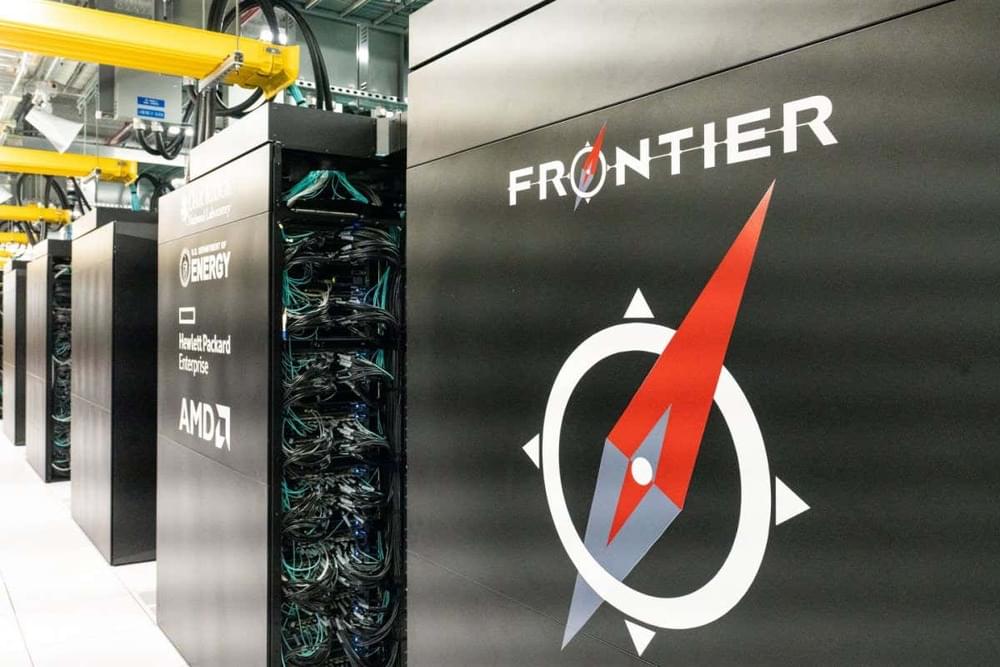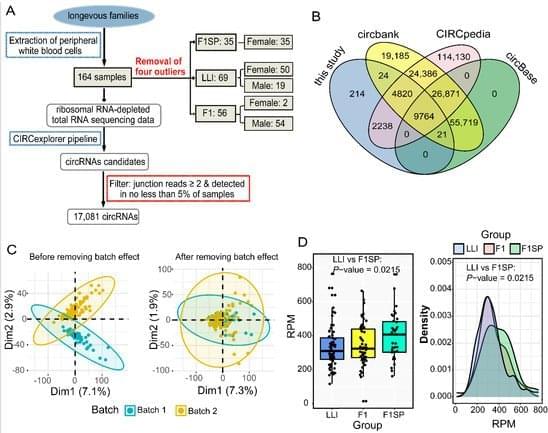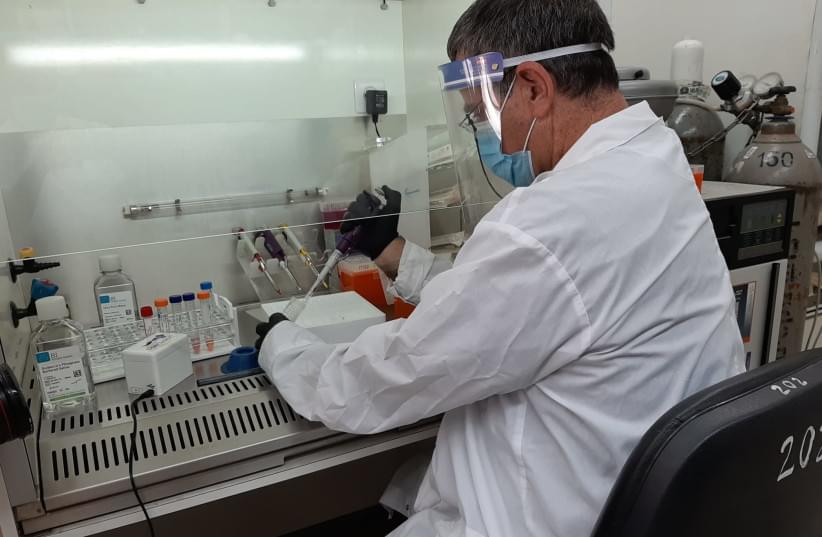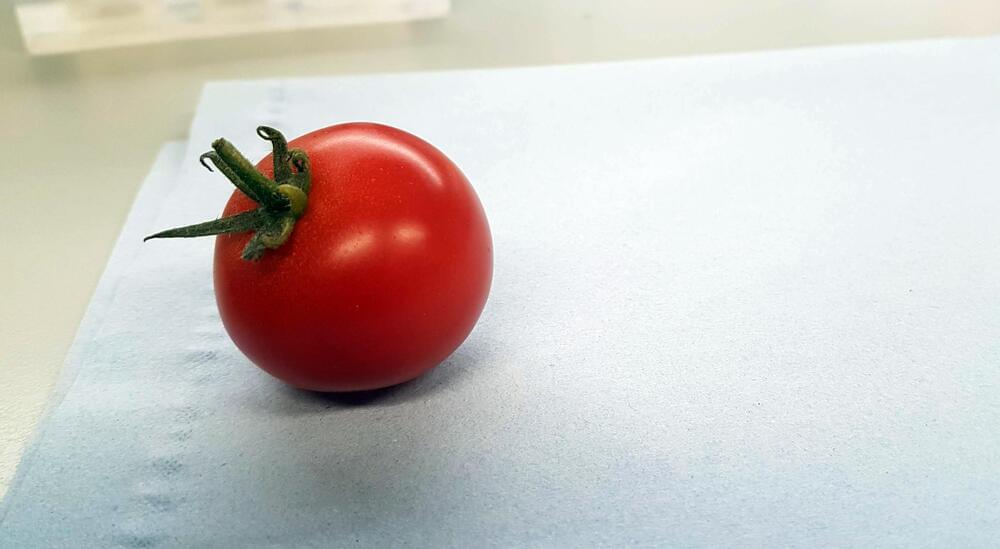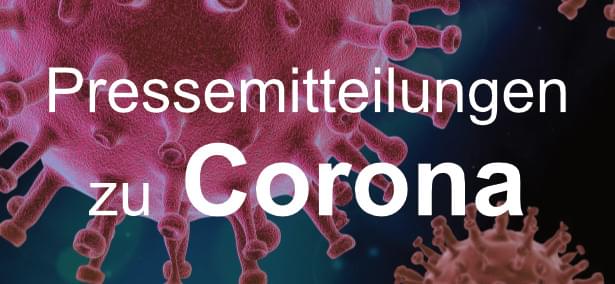Current organ preservation methods provide a narrow window (usually <12 hours) to assess, transport and implant donor grafts for human transplantation. Here we report the transplantation of a human liver discarded by all centers, which could be preserved for several days using ex situ normothermic machine perfusion. The transplanted liver exhibited normal function, with minimal reperfusion injury and the need for only a minimal immunosuppressive regimen. The patient rapidly recovered a normal quality of life without any signs of liver damage, such as rejection or injury to the bile ducts, according to a 1-year follow up. This inaugural clinical success opens new horizons in clinical research and promises an extended time window of up to 10 days for assessment of viability of donor organs as well as converting an urgent and highly demanding surgery into an elective procedure.
A human liver is transplanted successfully after preservation for 3 days via machine perfusion.

